Hct Meaning in Blood Test: Hematocrit and Hemoglobin
What is the hct meaning in blood test. Discover the definition and importance of hematocrit and hemoglobin in blood tests.
Understanding Hematocrit: The Measure of Red Blood Cells
Hematocrit, or Hct, is a fundamental measurement in a standard blood test. It refers to the ratio of the volume of red blood cells (RBCs) to the total volume of blood. This ratio is expressed as a percentage, with the normal range being around 40-52% for men and 36-46% for women.
The hematocrit test provides valuable insights into an individual’s overall health. It helps detect conditions such as anemia, which is characterized by a low hematocrit, or polycythemia, which is characterized by a high hematocrit. These imbalances can indicate underlying medical issues that require further investigation and treatment.
The Importance of Hemoglobin in Blood Tests
Hemoglobin, or Hgb, is another critical component of a blood test. Hemoglobin is the iron-rich protein found in red blood cells that is responsible for carrying oxygen from the lungs to the body’s tissues. The normal range for hemoglobin is 14-18 g/dL for men and 12-16 g/dL for women.
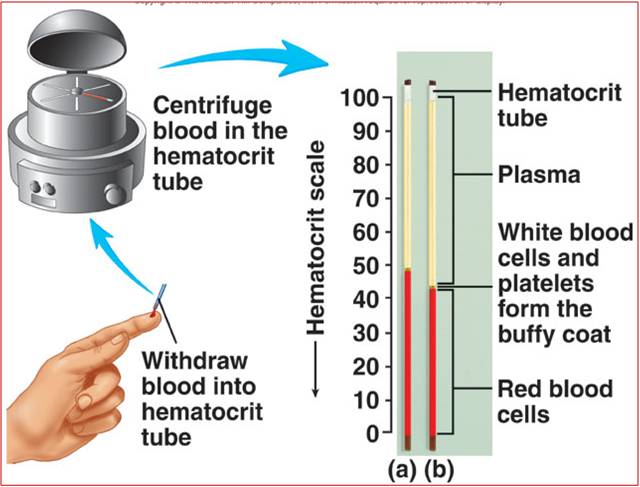
A low hemoglobin level, known as anemia, can indicate a variety of underlying conditions, such as iron deficiency, chronic diseases, or internal bleeding. Conversely, a high hemoglobin level, known as polycythemia, can signify dehydration or certain medical conditions that affect the body’s ability to regulate red blood cell production.
Interpreting Hematocrit and Hemoglobin Results
When interpreting the results of a blood test, healthcare professionals will consider both the hematocrit and hemoglobin levels. These two measurements provide a comprehensive picture of the body’s red blood cell status and overall oxygen-carrying capacity.
For example, if a person has a low hematocrit but a normal hemoglobin level, it may suggest a condition where the total blood volume is increased, such as during pregnancy or after extensive fluid intake. Conversely, if a person has a low hemoglobin level but a normal hematocrit, it could indicate a problem with the quality or function of the red blood cells, such as in certain types of anemia.
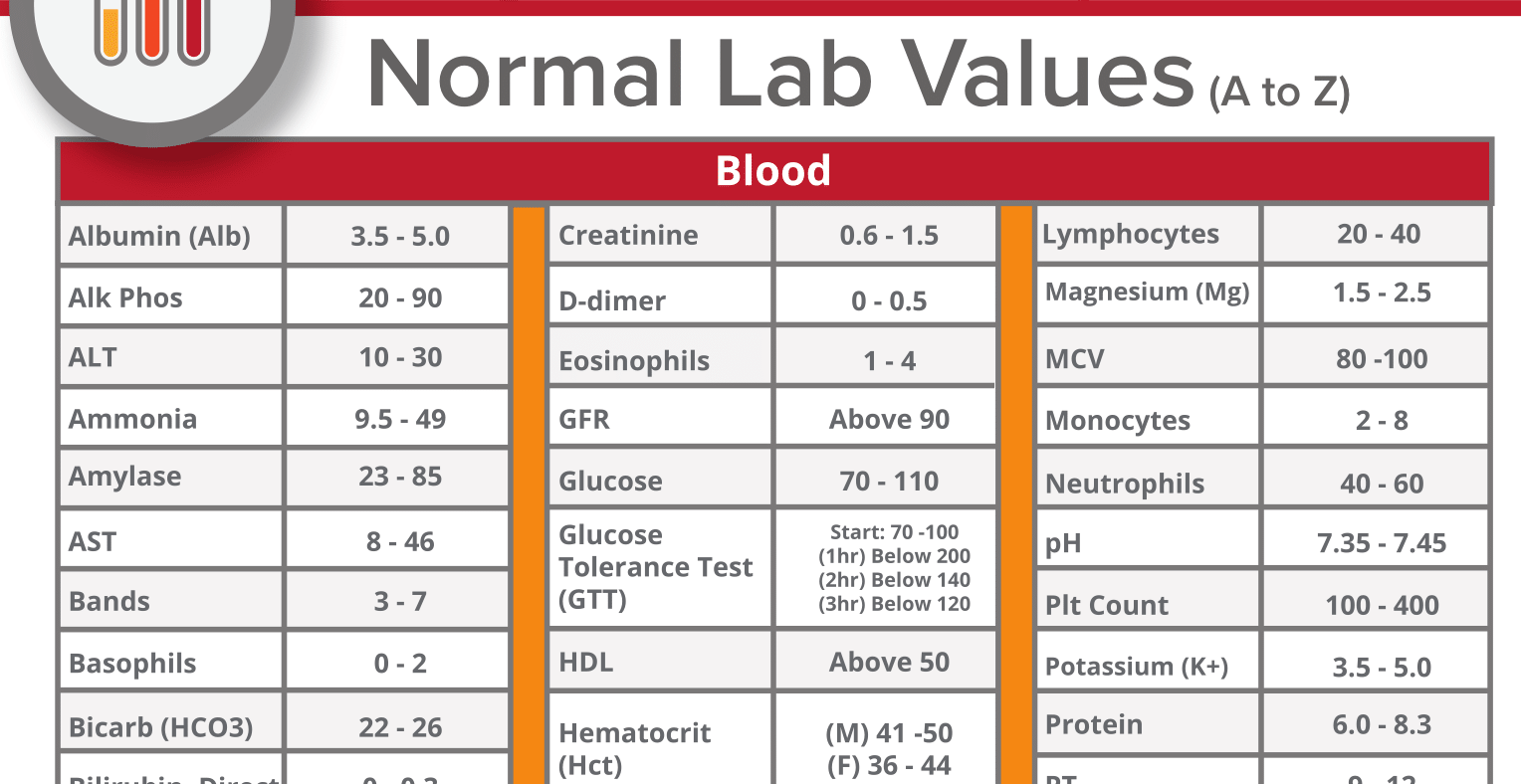
Understanding the Relationship Between Hematocrit and Hemoglobin
Hematocrit and hemoglobin are closely related, as they both provide information about the red blood cell component of the blood. However, it’s important to note that they are not interchangeable measurements.
Hematocrit is a measure of the volume occupied by red blood cells, while hemoglobin is a measure of the amount of the oxygen-carrying protein within those cells. In general, a higher hematocrit is associated with a higher hemoglobin level, and vice versa. But there can be exceptions, such as in cases of certain hemoglobin disorders or when the body is adjusting to changes in altitude or fluid balance.
Factors that Affect Hematocrit and Hemoglobin Levels
Various factors can influence an individual’s hematocrit and hemoglobin levels, including:
- Age and gender: Hematocrit and hemoglobin levels naturally vary based on these demographic factors.
- Altitude and exercise: High-altitude living and intense physical activity can increase red blood cell production and, consequently, hematocrit and hemoglobin levels.
- Hydration status: Dehydration can lead to a higher hematocrit and hemoglobin, while excessive fluid intake can result in lower levels.
- Underlying medical conditions: Certain diseases, such as anemia, kidney disorders, or liver disease, can affect hematocrit and hemoglobin measurements.
- Medications: Some drugs, such as erythropoietin (a hormone that stimulates red blood cell production), can impact these blood test results.
The Role of Hematocrit and Hemoglobin in Medical Diagnosis
Hematocrit and hemoglobin levels are essential components of a comprehensive blood test, as they provide valuable information about a person’s overall health and well-being. Healthcare providers use these measurements to screen for and diagnose a variety of medical conditions, including:

- Anemia: A low hematocrit and/or hemoglobin level can indicate anemia, which may be caused by iron deficiency, chronic disease, or other underlying conditions.
- Polycythemia: An abnormally high hematocrit and/or hemoglobin level can indicate a condition called polycythemia, which may be a sign of dehydration, lung disease, or certain genetic disorders.
- Kidney and liver function: Hematocrit and hemoglobin levels can provide insights into the health of the kidneys and liver, as these organs play a key role in red blood cell production and destruction.
- Hydration status: Changes in hematocrit and hemoglobin levels can reflect a person’s hydration status, which is important for monitoring conditions like dehydration or fluid overload.
- Altitude and exercise adaptation: Hematocrit and hemoglobin levels can be used to assess an individual’s physiological response to changes in altitude or intense physical activity.
Interpreting Abnormal Hematocrit and Hemoglobin Levels
When hematocrit or hemoglobin levels fall outside the normal range, it is essential for healthcare providers to investigate the underlying cause. Abnormal results may indicate the presence of a medical condition, the need for further testing, or the need for treatment intervention.

For example, a low hematocrit and hemoglobin may signal anemia, which can be caused by iron deficiency, bleeding, or chronic disease. In contrast, a high hematocrit and hemoglobin may indicate polycythemia, which can be a sign of dehydration, lung disease, or certain genetic disorders.
It’s important to note that the interpretation of hematocrit and hemoglobin results should always be done in the context of the individual’s overall health status, medical history, and other laboratory findings. Healthcare providers will work closely with patients to determine the best course of action based on these comprehensive test results.
Hematocrit Definition & Meaning – Merriam-Webster
he·mat·o·crit
hi-ˈma-tə-krət
-ˌkrit
: the ratio of the volume of red blood cells to the total volume of blood as determined by separation of red blood cells from the plasma usually by centrifugation
Did you know?
Our blood is mostly made up of four components: plasma, red blood cells, white blood cells, and colorless blood cells called platelets. An instrument called a hematocrit (because it “judges” the blood) is used to separate a sample of blood into its components. The normal hematocrit for men is about 48%, for women about 38%. An abnormal proportion of red blood cells, either too many or too few, is a good early indicator of many diseases. So when you give blood as part of a physical exam, your hematocrit is one of the findings your doctor will often check.
So when you give blood as part of a physical exam, your hematocrit is one of the findings your doctor will often check.
Example Sentences
Recent Examples on the Web
Blood samples showed that their hematocrit levels—a measure of red blood cells, which carry oxygen—had also increased.
—Elizabeth Preston, Discover Magazine, 27 Jan. 2015
Lundby’s hypothesis is based on the idea that your kidneys are constantly monitoring hematocrit, trying to keep it in a normal range.
—Alex Hutchinson, Outside Online, 1 July 2020
However, if the liquid portion is greatly increased through training, the proportion that makes up the hematocrit will decrease accordingly, falsely suggesting anemia.
—Bryant Stamford, The Courier-Journal, 28 Apr. 2022
If your total blood is made up of 45 percent red blood cells by volume, your hematocrit is 45.
—Alex Hutchinson, Outside Online, 1 July 2020
If heat training causes your plasma volume to increase, that will lower your hematocrit.
—Alex Hutchinson, Outside Online, 1 July 2020
Typically, the ratio of solids in the blood (RBCs, white blood cells and platelets called the hematocrit) to the liquid portion is approximately 50-50.
—Bryant Stamford, The Courier-Journal, 28 Apr. 2022
His complete blood count, to include his white blood cell count, his hemoglobin, hematocrit, and platelet count were all normal.
—Jamie Ducharme, Time, 18 Jan. 2018
See More
These examples are programmatically compiled from various online sources to illustrate current usage of the word ‘hematocrit.’ Any opinions expressed in the examples do not represent those of Merriam-Webster or its editors. Send us feedback about these examples.
Word History
Etymology
International Scientific Vocabulary hemat- + Greek kritēs judge, from krinein to judge — more at certain
First Known Use
circa 1903, in the meaning defined above
Time Traveler
The first known use of hematocrit was
circa 1903
See more words from the same year
Dictionary Entries Near
hematocrit
hematochrome
hematocrit
hematocryal
See More Nearby Entries
Cite this Entry
Style
MLAChicagoAPAMerriam-Webster
“Hematocrit. ” Merriam-Webster.com Dictionary, Merriam-Webster, https://www.merriam-webster.com/dictionary/hematocrit. Accessed 16 Jun. 2023.
” Merriam-Webster.com Dictionary, Merriam-Webster, https://www.merriam-webster.com/dictionary/hematocrit. Accessed 16 Jun. 2023.
Copy Citation
Medical Definition
hematocrit
noun
he·mat·o·crit
1
: an instrument for determining usually by centrifugation the relative amounts of plasma and corpuscles in blood
2
: the percent of the volume of whole blood that is composed of red blood cells as determined by separation of red blood cells from the plasma usually by centrifugation
a hematocrit ranging from 42% to 52% in males and 35% to 47% in females is typically considered normal
called also
packed cell volume
More from Merriam-Webster on
hematocrit
Britannica.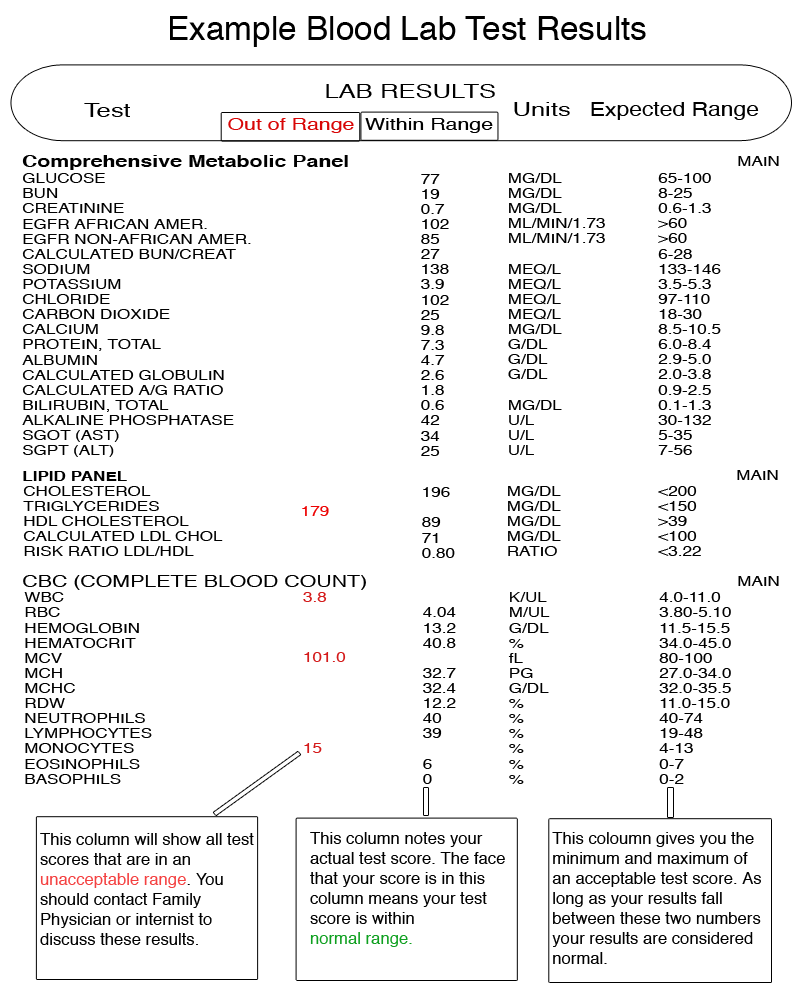 com: Encyclopedia article about hematocrit
com: Encyclopedia article about hematocrit
Subscribe to America’s largest dictionary and get thousands more definitions and advanced search—ad free!
Merriam-Webster unabridged
perennial
See Definitions and Examples »
Get Word of the Day daily email!
Understanding and Monitoring Your Blood Counts
Overview
A reduced number of blood cells in circulation is a common side effect of chemotherapy. Blood is composed of three basic blood cell types: red blood cells, white blood cells, and platelets. Blood cells are produced in the bone marrow and regularly released into circulation. Chemotherapy destroys rapidly dividing cells, a characteristic of cancer cells. However, bone marrow cells also divide rapidly and are frequently damaged by chemotherapy. Blood counts are monitored with a laboratory test called a Complete Blood Count (CBC). The best way to treat low blood counts is to prevent them before they occur. This can be accomplished with the administration of blood cell growth factors. In some circumstances, blood transfusions may also be necessary.
This can be accomplished with the administration of blood cell growth factors. In some circumstances, blood transfusions may also be necessary.
What are low blood counts?
What causes low blood counts?
What are the symptoms of low blood counts?
Why is it important to monitor low blood counts?
How are low blood counts diagnosed?
What are the treatments for low blood counts?
What are low blood counts?
A blood count is a measurement of the number of blood cells an individual has in circulation based on laboratory evaluation of a blood sample. Blood is composed of three basic blood cell types: red blood cells, white blood cells, and platelets. You should have billions of these blood cells circulating throughout your body. However, certain circumstances may cause you to have fewer cells than is considered normal, a condition which is called “low blood counts”. The laboratory test that is conducted to measure the number of blood cells is called a complete blood count, or CBC.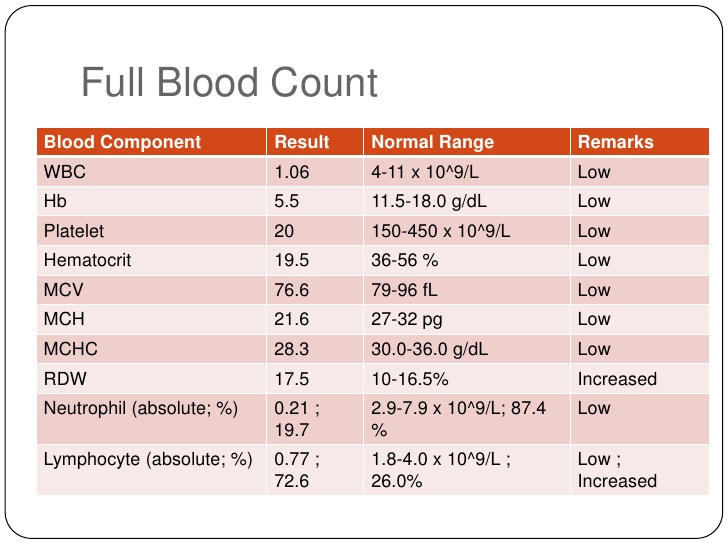
What causes low blood counts?
The most common reason cancer patients experience low blood counts is as a side effect of chemotherapy. Chemotherapy involves the use of drugs to destroy cancer cells. Chemotherapy works by destroying cells that grow rapidly, a characteristic of cancer cells. Unfortunately, chemotherapy also affects normal cells that grow rapidly, such as cells in the bone marrow that produce red blood cells, white blood cells, and platelets.
What are the symptoms of low blood counts?
Your symptoms will depend on which types of blood cells are low. Common symptoms of the different types of low blood cell counts are listed in table 1.
Table 1: Common symptoms of low blood counts
| Low red blood cells | Low white blood cells | Low platelets |
| Fatigue or tiredness | Infection | Excessive bruising |
| Trouble breathing | Fever | Excessive bleeding |
| Rapid heartrate | Nosebleeds | |
| Difficulty staying warm | ||
| Pale skin | ||
| Dizziness | ||
| Lightheaded |
Why is it important to monitor blood counts?
It is important to monitor for low blood cell count because this condition may:
- Increase your risk of unpleasant and sometimes life-threatening side effects, such as fatigue, infection, and/or bleeding.

- Disrupt delivery of your cancer treatment, resulting in a change to the planned dose and time.
How are low blood counts diagnosed?
A test called the complete blood count (CBC) is used to determine whether your blood counts are low. The CBC measures the levels of the three basic blood cells: red, white, and platelets.
In the United States, the CBC is typically reported in the format shown below. If your blood counts fall outside of the normal range, which is shown in the “Reference interval” column, their values will be reported in the “Flag” column with an ‘L’ for low and an ‘H’ for high. The example CBC below shows that white blood cells, red blood cells, and platelets are all low.
| CBC WITH DIFFERENTIAL | ||||
| Test | Result | Flag | Units | Reference Interval |
| White Blood Count | 1. 5 L 5 L | x 10-3/mL | 4.0-10.5 | |
| Red Blood Count | 3.50 L | x 10-6/mL | 4.70-6.10 | |
| Hemoglobin | 10.8 L | g/dL | 14.0-18.0 | |
| Hematocrit | 31.1 L | % | 42.0-52.0 | |
| Platelets | 302 | x 10-3/mL | 140-415 | |
| Polys | 23 L | % | 45-76 | |
| Lymphs | 68 H | % | 17-44 | |
| Monocytes | 7 | % | 3-10 | |
| Eos | 2 | % | 0-4 | |
| Basos | > | % | 0.2 | |
| Polys (absolute) | .34 L | x 10-3/mL | 1.8-7.8 | |
| Lymphs (absolute) | 1.0 | x 10-3/mL | 0.7-4.5 | |
| Monocytes (absolute) | 0.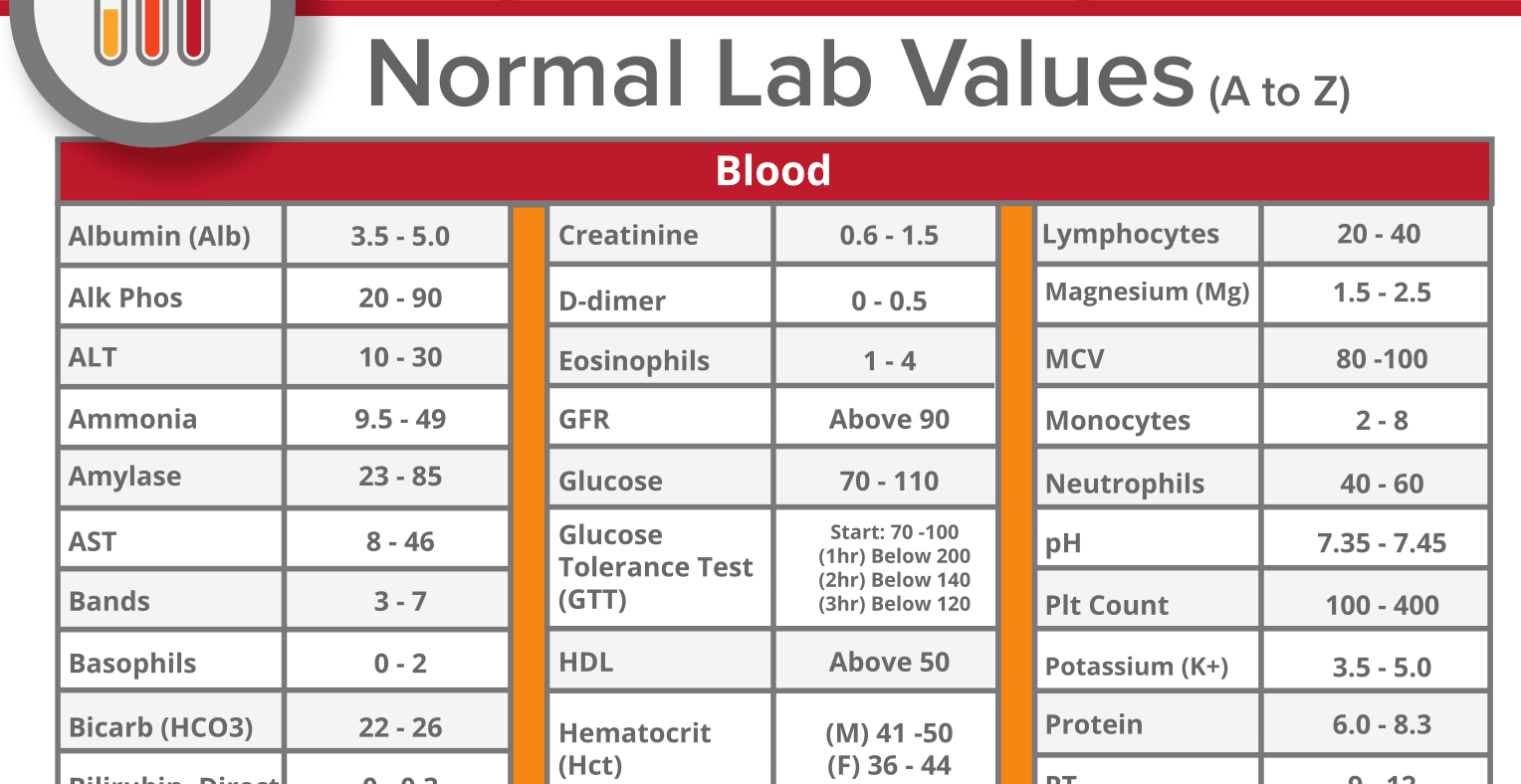 1 1 | x 10-3/mL | 0.1-1.0 | |
| Eos (absolute) | 0.1 | x 10-3/mL | 0.0-0.4 | |
| Basos (absolute) | 0.0 | x 10-3/mL | 0.0-0.2 | |
Result column: The result column shows counts that fall within the normal range.
Flag column: The flag column shows counts that are lower (“L”) or higher (“H”) than the normal range.
Reference interval (or reference range) column: The reference interval shows the normal range for each measurement for the lab performing the test. Different labs may use different reference intervals.
White blood cells: White blood cells help protect individuals from infections. The above CBC report shows that the patient’s total white cell count is 1.5, which is lower than the normal range of 4.0-10.5. The low white cell count increases the risk of infection.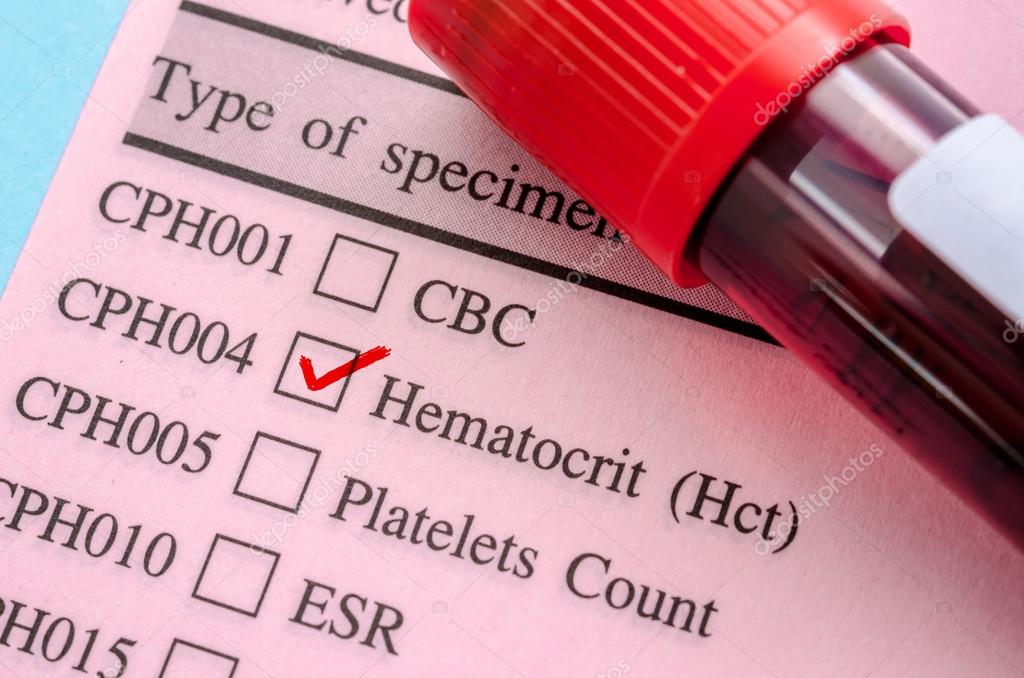
Differential: This portion of the CBC shows the counts for the 5 main kinds of white cells, either as percentages (the first 5 counts), or as the absolute number of cells (the second 5 counts).
Absolute neutrophil count: Neutrophils are the main white blood cell for fighting or preventing bacterial or fungal infections. In the CBC report, neutrophils may be referred to as polymorphonuclear cells (polys or PMNs) or neutrophils. The absolute neutrophil count (ANC) is a measure of the total number of neutrophils present in the blood. When the ANC is less than 1,000, the risk of infection increases. The ANC can be calculated by multiplying the total WBC by the percent of polymorphonuclear cells. For example, this patient’s ANC is 0.34, which equals (WBC) 1.5 x 23%.
Red blood cells: Red blood cells carry oxygen from the lungs to the rest of the body. The above CBC report indicates that the patient has a red cell count of 3.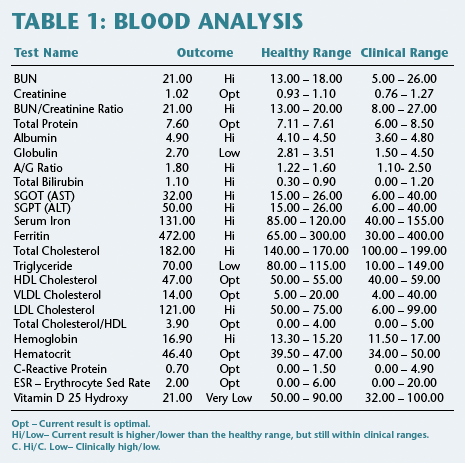 5, which is lower than the normal range of 4.70-6.10, and therefore, shown in the flag column.
5, which is lower than the normal range of 4.70-6.10, and therefore, shown in the flag column.
Hemoglobin (Hb or Hgb): Hemoglobin is a protein in the red cell that carries oxygen. The above CBC report indicates that the patient’s Hb count is 10.8, which is below the normal range of 14.0-18.0. The hematocrit (HCT), another way of measuring the amount of Hb, is also low. This means that the patient has mild anemia and may be starting to notice symptoms.
These three ranges will vary depending on age and gender. For women, they will be lower than those shown here. For example, the Hb reference interval for a woman is 12.0-16.0.
Platelets: Platelets are the cells that form blood clots that stop bleeding. The above CBC report indicates that the platelet count for this patient is normal.
What are the treatments for low blood counts?
The best treatment for low blood counts is to prevent them before they occur. This can be accomplished with the administration of blood cell growth factors.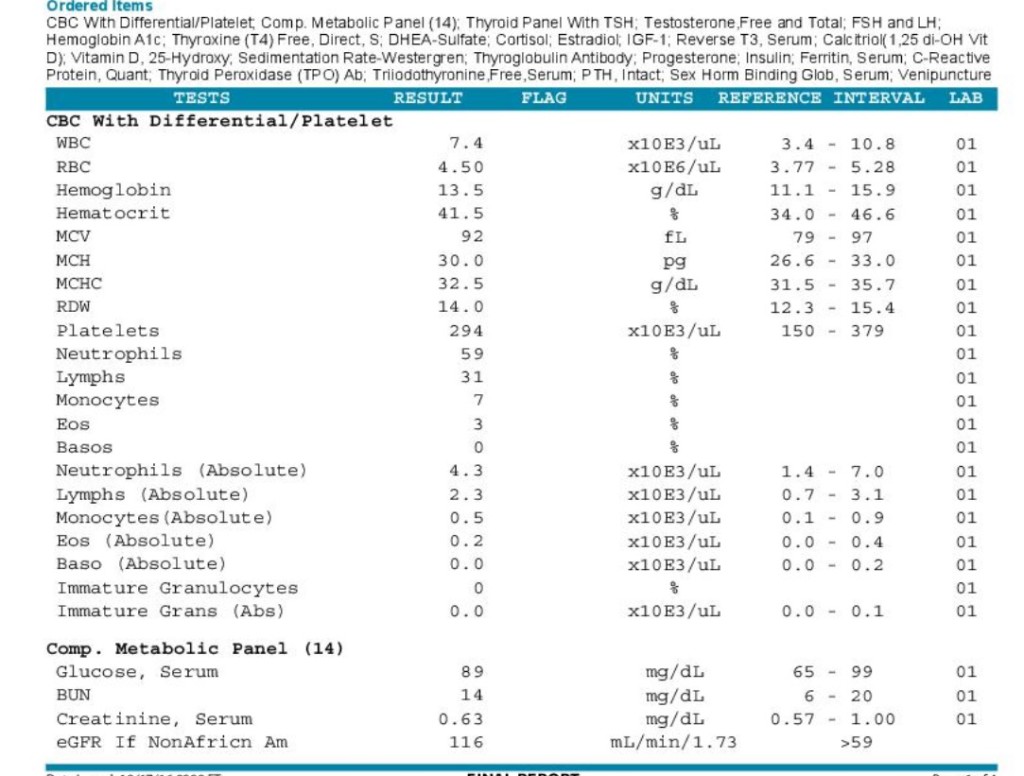 Blood cell growth factors are substances produced by the body that stimulate the cells in the bone marrow to produce more red blood cells, white blood cells, or platelets. These factors have also been produced in a laboratory and are approved by the Food and Drug Administration (FDA) for the treatment of cancer patients with low blood counts.
Blood cell growth factors are substances produced by the body that stimulate the cells in the bone marrow to produce more red blood cells, white blood cells, or platelets. These factors have also been produced in a laboratory and are approved by the Food and Drug Administration (FDA) for the treatment of cancer patients with low blood counts.
Low red blood cell counts: Erythropoietin is a blood cell growth factor that selectively increases production of red blood cells. Clinical trials have demonstrated that erythropoietin is safe and effective in reversing anemia in cancer patients.1, 2 Erythropoietin has been proven to effectively:
- Increase hematocrit
- Decrease the need for blood transfusions
- Reverse fatigue
- Improve overall sense of well-being
Erythropoietin is FDA-approved for the treatment of anemia in patients with nonmyeloid cancers (cancers that do not involve blood cells), whose anemia is a result of chemotherapy.
Treatment with erythropoietin causes a gradual increase in red blood cell production. The body uses iron in red blood cell production. Thus, supplemental iron may be required to adequately support erythropoietin-stimulated erythropoiesis. Virtually all patients receiving erythropoietin therapy will eventually require supplemental iron therapy.
Currently, there are two commercially available forms of erythropoietin for use in patients, epoetin alfa (Epogen® or Procrit®) and darbepoetin alfa (Aranesp® ). Both are manufactured in the same facility in the same manner. Epogen® and Procrit® have been in use for many years. Aranesp® is a unique, longer-acting form of erythropoietin and is more convenient because it allows patients to receive fewer injections than with Epogen® or Procrit®. The most common side effects seen in clinical trials with Aranesp® were fatigue, edema, nausea, vomiting, diarrhea, fever and shortness of breath. No important differences in side effects were seen between groups treated with Aranesp® and groups treated with the existing anemia treatment, Epogen®.
No important differences in side effects were seen between groups treated with Aranesp® and groups treated with the existing anemia treatment, Epogen®.
Low white blood cell count: The blood cell growth factors approved by the FDA for the prevention of chemotherapy-induced neutropenia are Neupogen® (filgrastim) and Neulasta® (pegfilgrastim).3, 4 Multiple clinical trials have shown that Neulasta® and Neupogen® reduce the severity and duration of low white blood cell counts associated with many kinds of chemotherapy regimens. By increasing white blood cell counts, Neupogen® has been shown to decrease a patient’s risk of fever and admission to the hospital. The drawback of Neupogen®, however, is that it must be administered daily. In two clinical trials, a single dose of Neulasta® has been proven to be as effective as an average of 11 daily injections of Neupogen® for the management of neutropenia.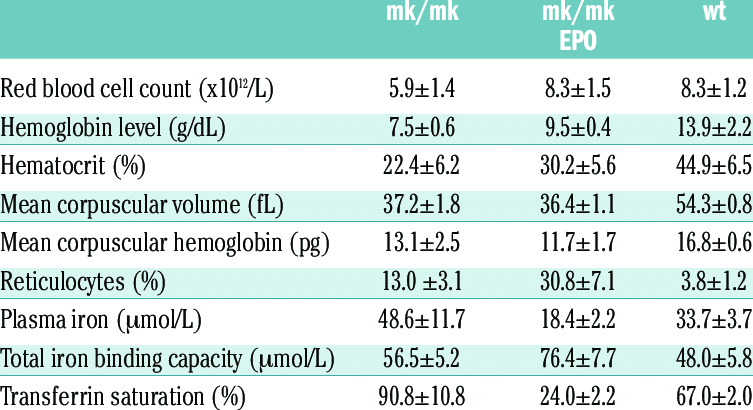 The most common side effect you may experience with Neulasta® is aching in the bones. If this happens, it can usually be relieved with a non-aspirin pain reliever, such as acetaminophen. It is also possible to have an allergic reaction to Neulasta®.
The most common side effect you may experience with Neulasta® is aching in the bones. If this happens, it can usually be relieved with a non-aspirin pain reliever, such as acetaminophen. It is also possible to have an allergic reaction to Neulasta®.
Low platelet count: The blood cell growth factor approved by the FDA for the prevention of low platelet count is called Neumega®. Clinical studies have shown that Neumega® prevents thrombocytopenia and decreases the need for platelet transfusions in patients at high risk for developing a low platelet count. Neumega® has been reported to cause palpitations, fluid retention and diarrhea as well as other side effects in some patients.
Transfusions: In some cases, low blood counts may be so severe that you may need to undergo a blood transfusion. Red blood cells and platelets are often transfused. Sources for transfusional blood include blood banks or your own blood that you had stored for future use before undergoing treatment.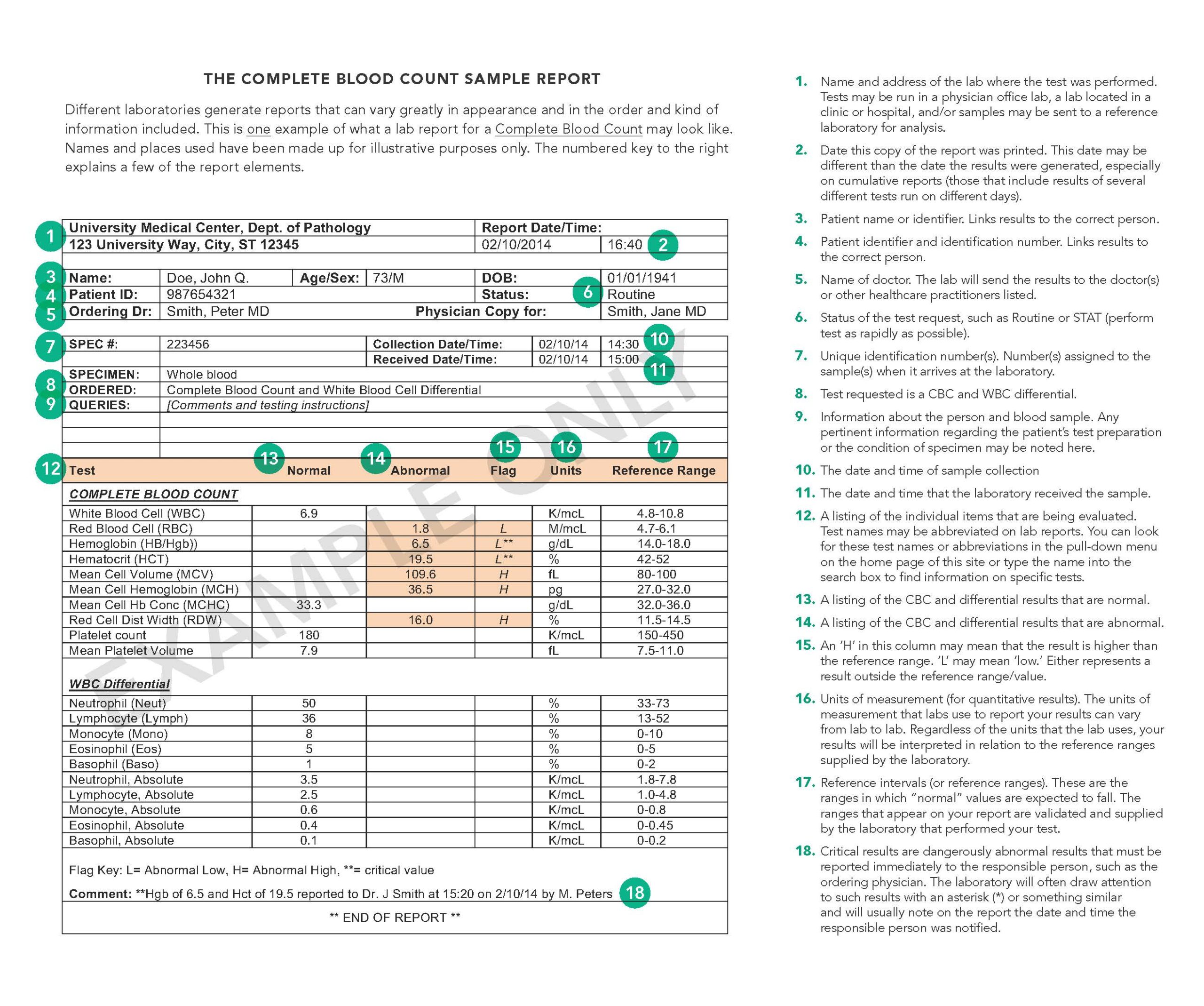 Transfusions may be associated with complications, including allergic reactions that may range from mild to life-threatening. In general, it is better to prevent low blood counts than to treat them once they occur.
Transfusions may be associated with complications, including allergic reactions that may range from mild to life-threatening. In general, it is better to prevent low blood counts than to treat them once they occur.
Reference:
1 Glaspy JA, Jadeja J, Justice G. Optimizing the management of anemia in patients with cancer:
a randomized, active-controlled study investigating the dosing of darbepoetin alfa
[abstract]. Proceedings of the American Society of Clinical Oncology 38th annual meeting;
May 18-21, 2002. Abstract 1446.
2 Kotasek D, Albertson M, Mackey J. Randomized, double-blind, placebo-controlled, dose-
finding study of darbepoetin alfa administered once every 3 (Q3W) or 4 (Q4W) weeks in
patients with solid tumors [abstract]. Proceedings of the American Society of Clinical
Oncology 38th annual meeting; May 18-21, 2002. Abstract 1421.
3 Vose J, Crump M, Lazarus H. Randomized, multicenter, open-label study of pegfilgrastim compared with daily filgrastim after chemotherapy for lymphoma.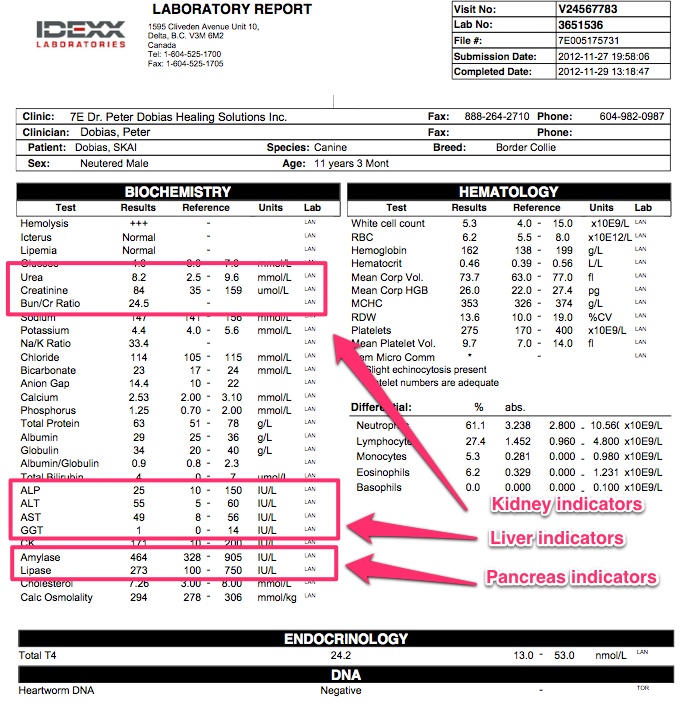 Journal of Clinical Oncology. 2003;21: 514-519.
Journal of Clinical Oncology. 2003;21: 514-519.
4 Green M, Koelbl H, Baselga J. A randomized double-blind multicenter phase III study of fixed-dose single-administration pegfilgrastim versus daily filgrastim in patients receiving myelosuppressive chemotherapy. Annals of Oncology. 2003:14:29-35.
Copyright © 2016 Omni Health Media. All Rights Reserved.
Complete blood count (CBC, 22 indicators) – Protos Medical Center
Clinical blood test is performed to diagnose quantitative and qualitative changes in the formed elements – blood cells: erythrocytes, leukocytes and platelets. Their changes may be due to disturbances in the process of hematopoiesis, but most often they are reactive in nature – they reflect the reaction of hematopoiesis to other pathological conditions and diseases. Therefore, a clinical blood test is one of the most common routine studies and is used by doctors of various specialties; it plays a leading role in the primary diagnostic search.
Parameters determined in the study
Red Blood Cells (RBCs) are non-nucleated cells formed in the bone marrow from reticulocytes, have the shape of a biconcave disc, which allows to achieve the maximum possible surface area for oxygen binding.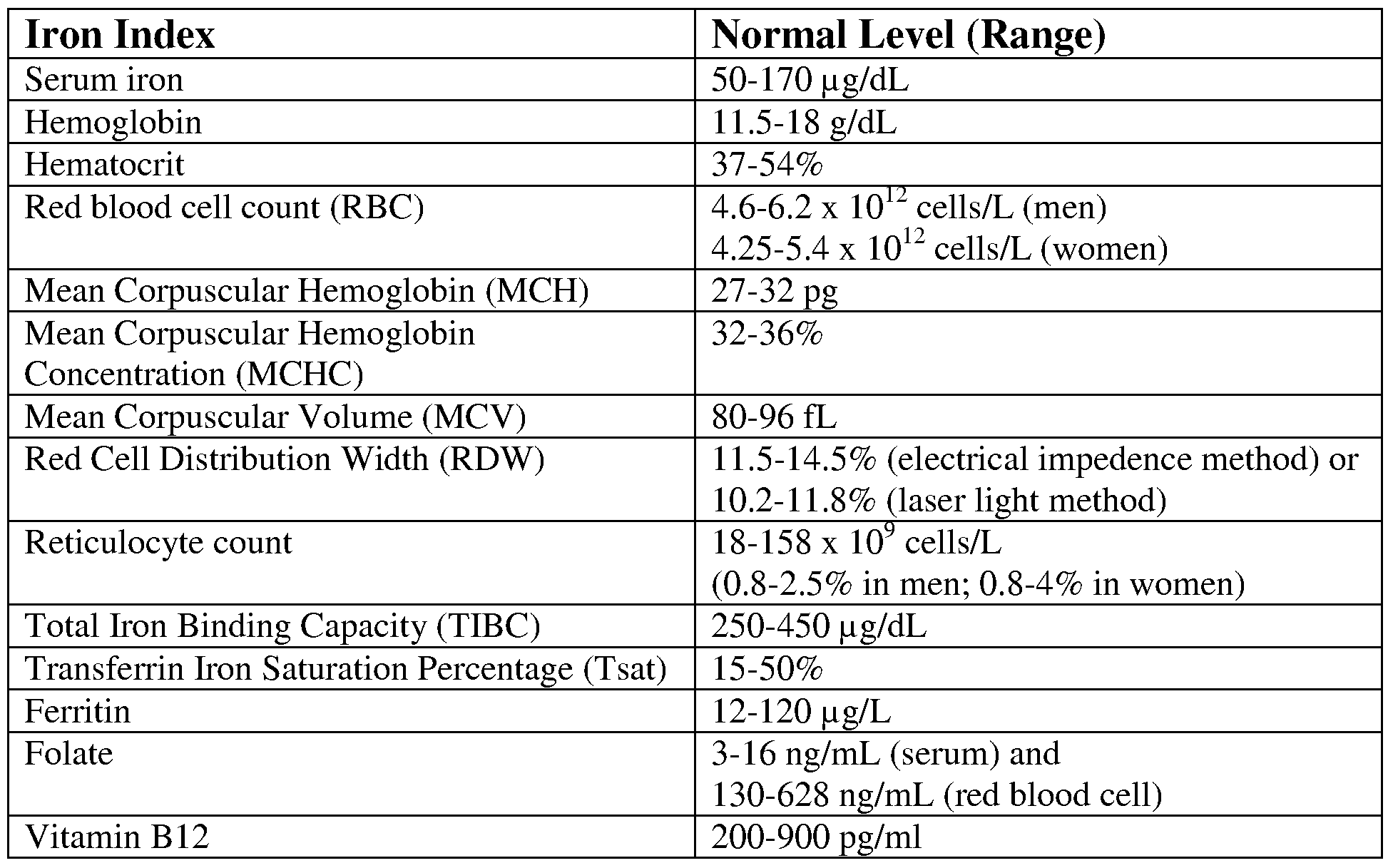 12 per liter (trillion cells per liter).
12 per liter (trillion cells per liter).
Hemoglobin (HGB) is a protein, the main component of the erythrocyte, has an affinity for oxygen, which ensures the transport function of erythrocytes. Oxygenated hemoglobin gives red blood cells and blood in general a red color.
Hematocrit (HCT) – characterizes the ratio of the volume of erythrocytes and plasma. This is a calculated parameter – the hematology analyzer calculates the volume of red blood cells from their number and the average volume per cell (MCV).
Mean Corpuscular Volume (MCV) – calculated by the analyzer by dividing the sum of cell volumes by the number of red blood cells. May have a normal value in the presence of both microcytosis and macrocytosis in the blood. In such situations, you should pay attention to the RDW parameter. The unit of measurement is femtoliter.
Mean corpuscular hemoglobin (MCH, Mean Corpuscular Hemoglobin) – reflects the degree of saturation of the erythrocyte with hemoglobin.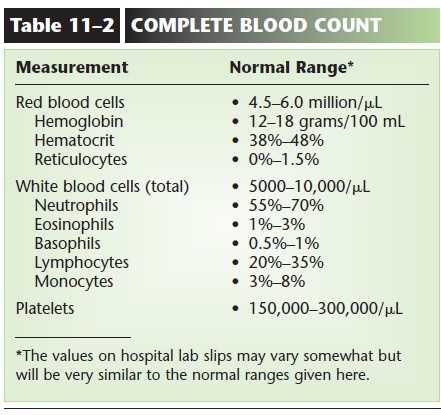 It is calculated by dividing the hemoglobin concentration by the number of red blood cells.
It is calculated by dividing the hemoglobin concentration by the number of red blood cells.
The mean concentration of hemoglobin in the erythrocyte (MCHC, Mean Corpuscular Hemoglobin Concentration) also characterizes the saturation of the erythrocyte with hemoglobin. Calculated by dividing hemoglobin by hematocrit.
The distribution of erythrocytes by volume (RDW, Red Cell Distribution Width) – characterizes the degree of variability in the volume of erythrocytes – anisocytosis. In the presence of a population of erythrocytes in the blood with an altered but fairly uniform size, RDW values may remain normal. With pronounced differences in the volume of erythrocytes, when the MCV characterizing the average volume of all cells is normal, the RDW will be increased.
Platelets (PLT, Platelet) are blood cells involved in stopping bleeding by forming blood clots. They are not cells, they are fragments of the cytoplasm of bone marrow megakaryocytes. Diameter 2-4 microns.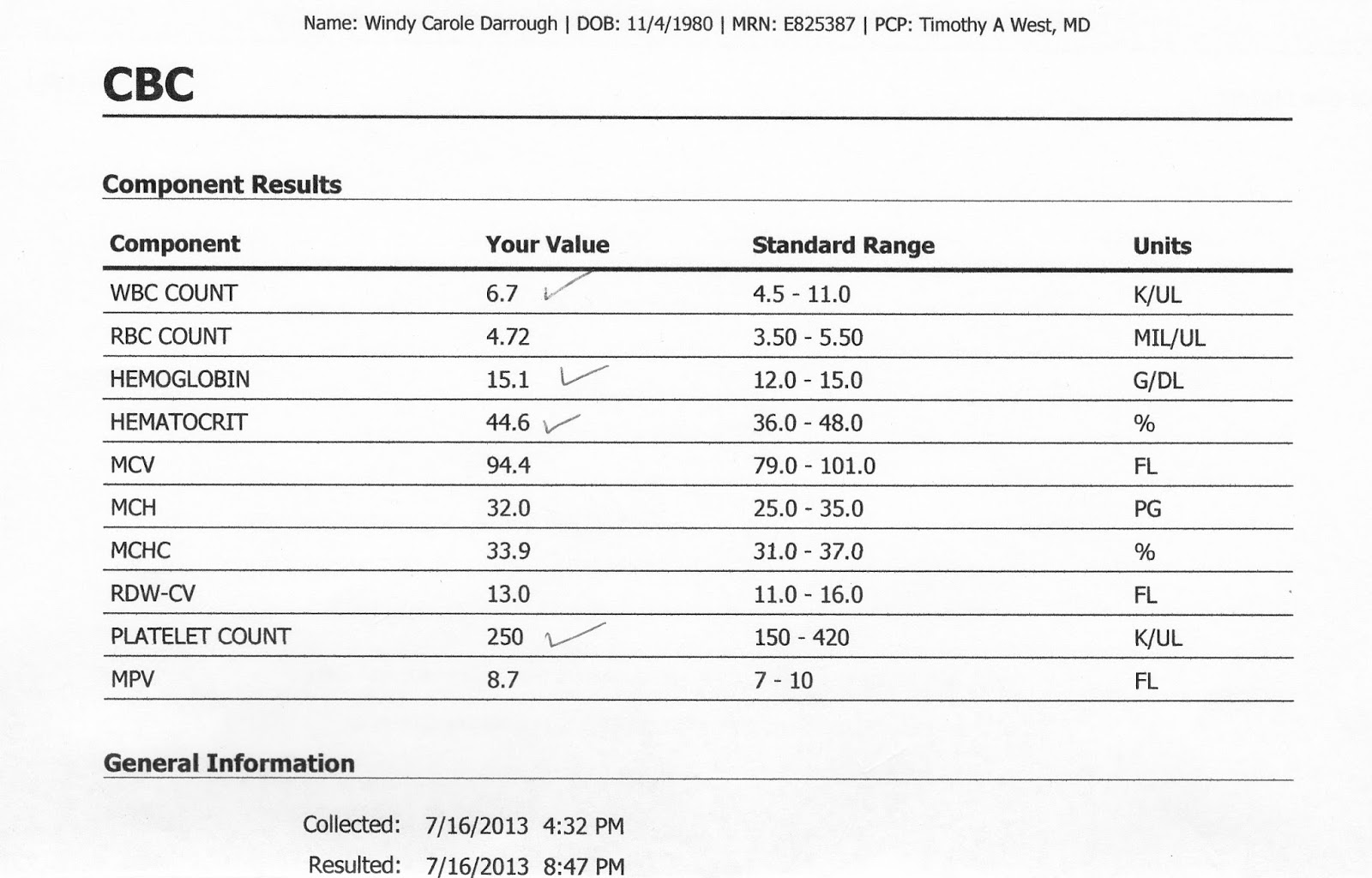
Mean platelet volume (MPV, Mean Platelet Volume) – the volume of platelets decreases as cells age, so an increase in this parameter indicates the predominance of young platelets in the population.
Platelet Distribution Width (PDW) characterizes the variability in platelet size.
Leukocytes (WBC, White Blood Cell) is a heterogeneous population of nucleated blood cells, the main function of which is to protect the body from foreign agents. Leukocytes include cells of the granulocytic (eosinophils, basophils, neutrophils), monocytic and lymphoid (T- and B-lymphocytes) series. Modern analyzers can differentiate the main five types of leukocytes, however, smear microscopy is still the most accurate method for assessing the leukocyte population, as it allows not only to determine the number of different leukocytes, but also to detect changes in their morphology, as well as to detect atypical cells.
Erythrocyte sedimentation rate. In infectious-inflammatory, autoimmune and some tumor (especially paraproteinemic hemoblastoses) diseases, the protein composition of the plasma changes towards an increase in the content of proteins (for example, immunoglobulins).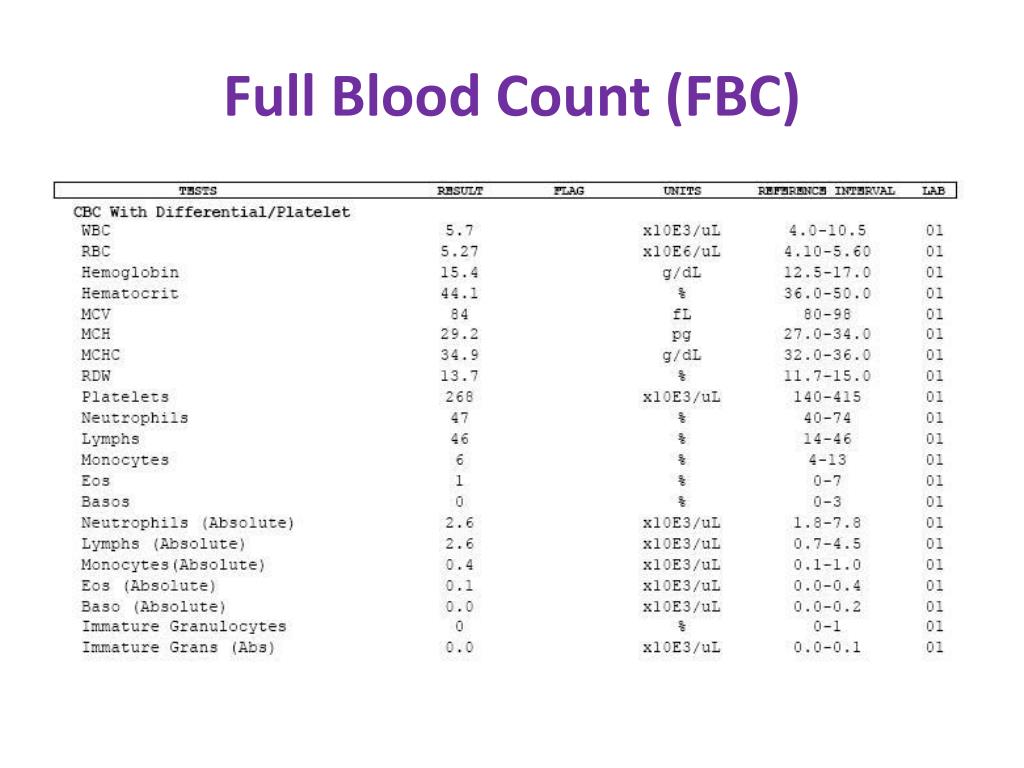 All protein molecules reduce the membrane charge of erythrocytes, promoting their adhesion to each other and increasing the sedimentation rate. The test is carried out for an hour, the height of the resulting precipitate is measured in millimeters.
All protein molecules reduce the membrane charge of erythrocytes, promoting their adhesion to each other and increasing the sedimentation rate. The test is carried out for an hour, the height of the resulting precipitate is measured in millimeters.
what it is and how to correctly interpret the results
Contents
- 1 RDW in a blood test: meaning, norms and interpretation of indicators
- 1.1 Definition of RDW in a blood test
- 1.2 How RDW is measured
9 0034 1.3 RDW value in blood test
- 1.4 RDW and anemia
- 1.5 What are the types of anemia based on RDW
- 1.6 RDW and disease diagnosis
- 1.7 RDW and hemoglobin types
- 1.8 RDW and CBC
- 1.9 RDW and other blood values
- 1.10 How to interpret your RDW results
- 1.11 The importance of RDW for your health
- 1.12 Related videos:
900 02 RDW is a measure that reflects the variability in the size of red blood cells. How to decipher the results of a blood test for RDW and what can high or low values say? Find out in the article with a detailed explanation of the hematopoietic process and possible pathologies.
How to decipher the results of a blood test for RDW and what can high or low values say? Find out in the article with a detailed explanation of the hematopoietic process and possible pathologies.
A blood test is an important procedure performed by doctors to detect the presence of certain diseases and pathological conditions in the patient’s body. One of the indicators that are determined during a blood test is RDW. But what does this mysterious term mean and how to correctly interpret its results?
RDW is short for Red Cell Distribution Width. This indicator characterizes the variability in the size of erythrocytes in the blood. RDW is measured as a percentage and is used in the diagnosis of various diseases of the blood and bone marrow.
High or low RDW blood test results may indicate the presence of certain medical conditions, such as anemia, bone marrow damage, or liver disease. But how to interpret these results correctly and when should you see a doctor to clarify the diagnosis?
Determination of RDW in a blood test
RDW (Red Cell Distribution Width, red blood cell distribution width) is an indicator that reflects the variability in the size of red blood cells in human blood. This value is calculated as a percentage of the difference between the largest and smallest sizes of erythrocytes to their average size.
This value is calculated as a percentage of the difference between the largest and smallest sizes of erythrocytes to their average size.
So if the RBCs are the same size, the RDW will be 0%. If there is a wide range of sizes, the RDW will be increased. This may indicate the presence of circulatory diseases, such as anemia of various origins.
Also, RDW can be used in combination with other blood parameters to determine the severity of the disease and to monitor the effectiveness of treatment.
Normal blood RDW levels range between 11.5% and 14.5%. An increased RDW level may indicate the presence of mixed anemia or a disorder in the formation of red blood cells in the bone marrow. Decreased RDW may be associated with iron deficiency and other forms of microcytic anemia.
How RDW is measured
RDW (Red Blood Cell Distribution Width) is an indicator that reflects the diversity of red blood cell sizes in the blood. This parameter is calculated on the basis of a hematological blood test, and in particular on the basis of flow cytometry.
Flow cytometry is a method for determining the number and size of red blood cells that pass through a special narrow slit. The received data is processed by a computer, on the basis of which the RDW is calculated.
RDW values are expressed as a percentage and indicate the degree of variability in RBC size. Normal RDW values typically range from 11.5% to 14.5%, but may vary slightly depending on the laboratory performing the analysis.
It is important to note that the RDW can be elevated in various hematopoietic disorders such as iron deficiency, vitamin B12 or folic acid deficiency, as well as in anemia and other diseases. Therefore, it is important to carefully interpret the results of blood tests, taking into account all indicators and the general condition of the patient.
RDW value in a blood test
RDW (English Red Blood Cell Distribution Width) is an indicator that indicates the variability in the width of red blood cells in the blood.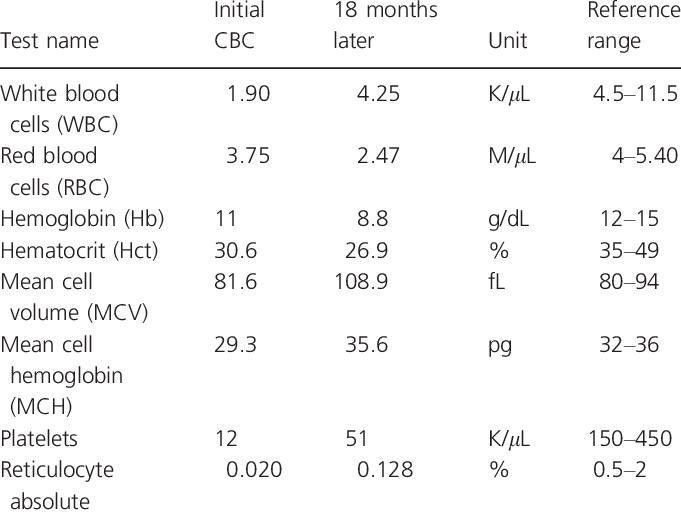 First of all, it is used to assess the homogeneity of red blood cells: if they are all the same size, then this indicator will be close to zero, and if the sizes differ, then it will be higher.
First of all, it is used to assess the homogeneity of red blood cells: if they are all the same size, then this indicator will be close to zero, and if the sizes differ, then it will be higher.
A high RDW in a blood test may indicate the presence of anemia and bone marrow disease that affects the formation and development of red blood cells. However, overactive thyroid, excessive consumption of alcohol, and certain medications can also increase RDW.
A low RDW may indicate that all red blood cells are about the same size, which may be a good sign of normal blood and blood clotting, but may also indicate certain diseases.
In any case, the results of the blood test and the RDW values should be evaluated by the doctor, taking into account all the symptoms and risk factors present.
RDW and anemia
RDW (Red Cell Distribution Width) is a measure of the size diversity of red blood cells in a blood sample. If the RDW is elevated, this may indicate the presence of anemia. Anemia is a condition in which the level of hemoglobin in the blood is low. It can be caused by various reasons, such as deficiency of iron, vitamins or pathological processes in the body.
Anemia is a condition in which the level of hemoglobin in the blood is low. It can be caused by various reasons, such as deficiency of iron, vitamins or pathological processes in the body.
An elevated RDW can help determine if anemia is due to more than one cause. For example, if a person has iron and vitamin deficiencies, then the RDW may be elevated because red blood cells of different sizes can be caused by both. This can help the doctor clarify the diagnosis and suggest the correct treatment.
A low RDW level may also indicate the presence of anemia, namely iron deficiency anemia. In this case, the red blood cells become the same size, which may be due to the lack of sufficient iron to form hemoglobin.
In any case, an increased or decreased RDW level requires further investigation in order to establish a diagnosis and select the optimal treatment. If you find an increased or decreased level of RDW in your blood test, see your doctor for further testing.
What are the types of anemia based on RDW
The RDW is used to determine the width of the distribution of red blood cells by size in the blood, which can give an idea of the possible type of anemia.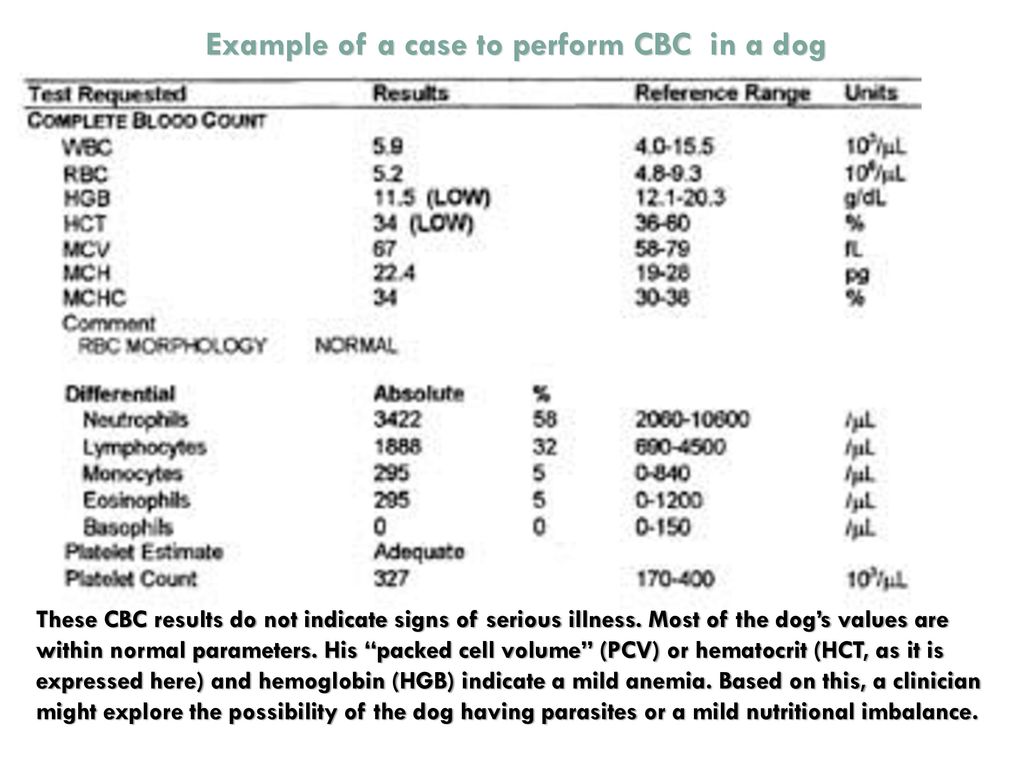
1. Iron deficiency anemia
This type of anemia occurs due to a lack of iron in the body, which hinders the formation of hemoglobin in red blood cells. In such anemia, the RDW will be elevated as the body will produce many different sizes and shapes of red blood cells in an attempt to compensate for the lack of hemoglobin.
2. Megaloblastic anemia
This type of anemia occurs due to a lack of vitamins, especially vitamin B12 and folic acid. In this case, the RDW will also be increased, because. the body will produce a few macrocytes in an attempt to fight the deficiency.
3. Hemolytic anemia
This is a condition in which red blood cells are destroyed faster than the body can replace them. In hemolytic anemia, RDW can be either elevated or reduced, depending on which red blood cells are destroyed faster: young or old.
4. Sidero-partial anemia
This type of anemia is observed in diseases of the bone marrow and chronic infectious diseases. In this case, RDW may be elevated or reduced, depending on which forms of erythrocytes predominate in this disease.
In this case, RDW may be elevated or reduced, depending on which forms of erythrocytes predominate in this disease.
Result:
RDW is an important blood test that can help determine the type of anemia. But for a more accurate diagnosis and treatment, it is necessary to conduct additional studies and consult a specialist.
RDW and diagnostics of diseases
The study of the level of RDW is of great importance in the diagnosis of various diseases. For example, an elevated RDW level may indicate the presence of the following diseases:
- anemia;
- oncological diseases;
- inflammatory processes;
- kidney diseases.
In addition, changing the RDW can help determine the effectiveness of treatments for certain diseases.
The RDW level can also be used as an indicator of the risk of developing cardiovascular disease. High levels of RDW have been linked to an increased risk of stroke, heart attack, and other cardiovascular diseases.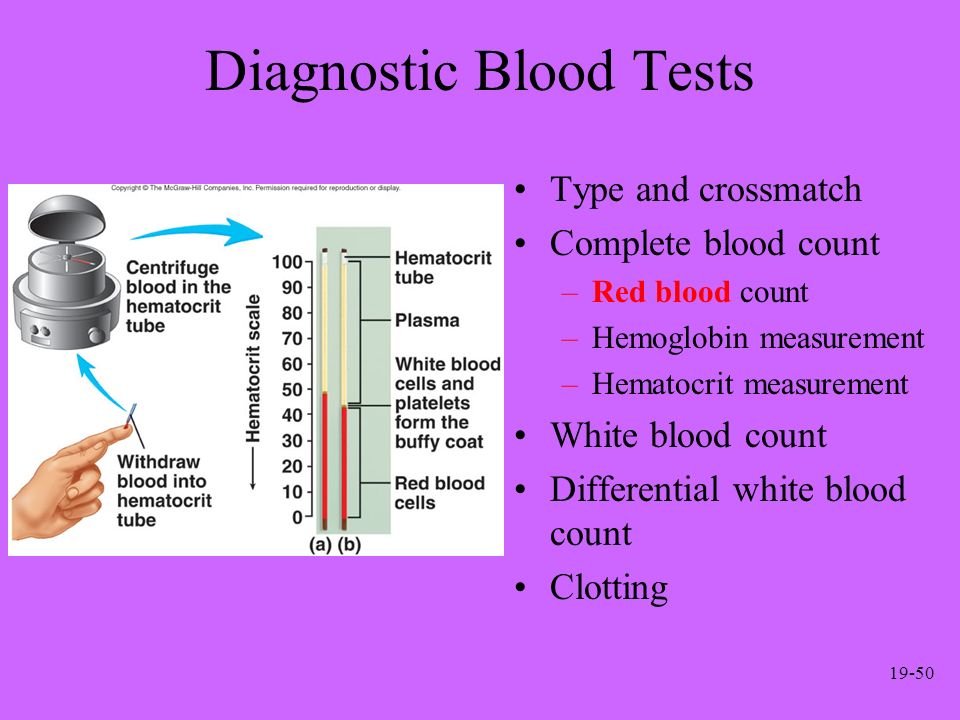 Therefore, blood testing for RDW levels can be an important element of screening and preventive measures.
Therefore, blood testing for RDW levels can be an important element of screening and preventive measures.
It is important to note that the level of RDW can be increased not only as a result of diseases, but also with smoking, alcohol or drug addiction, as well as in people engaged in heavy physical labor. Therefore, when interpreting the results of a blood test, it is necessary to take into account all the factors that can affect the level of RDW.
RDW and hemoglobin types
RDW is an indicator that displays the variation in the size of red blood cells in the blood. A normal RDW level indicates uniformity in the size and shape of red blood cells, which is a good sign of health.
Hemoglobin types can affect the RDW value in a blood test. For example, in people with specific types of abnormal hemoglobin, such as hemoglobin C, hemoglobin D, and hemoglobin E, RDW may be elevated due to the wide variation in red blood cell size.
On the other hand, some types of hemoglobin, such as hemoglobin F, can reduce RDW levels. This is due to the fact that hemoglobin F contributes to the preservation of younger red blood cells in the blood.
This is due to the fact that hemoglobin F contributes to the preservation of younger red blood cells in the blood.
Thus, when interpreting RDW blood test results, it is important to consider hemoglobin type and other factors in assessing health.
RDW and complete blood count
Complete blood count includes many indicators, one of which is RDW (Red cell distribution width) or red blood cell distribution width. This indicator reflects the variability in the size of red blood cells in the blood.
RDW is measured using an automated blood test method that determines RBC size classes and percentages. Determining a patient’s RDW can help diagnose various blood disorders such as anemia (lack of iron, B12, or folic acid), hyperchromia, and hemolysis.
Often, a CBC with RDW is prescribed by physicians to monitor chronic blood disorders in order to detect changes in the patient’s blood condition and adjust treatment. The results of the RDW, combined with other blood counts, can help the doctor determine the cause of the anemia and determine the most effective treatment.
Knowing what RDW is and how to interpret it, you can more effectively control your health and improve your overall blood condition. If you notice a change in the level of RDW in your blood tests, be sure to consult with your doctor to find out the cause and choose the appropriate treatment.
RDW and other blood parameters
RDW (Red Blood Cell Distribution Width) is an indicator that reflects the variability in the size of red blood cells in the blood. It is expressed as a percentage and indicates the variety of forms of red blood cells in the blood.
In addition to RDW, there are other indicators in the blood test that are also important for assessing the health of the patient. For example, hemoglobin (Hb) is a protein found in red blood cells that is responsible for carrying oxygen from the lungs to body tissues.
Red blood cells (RBC) are red blood cells that carry oxygen throughout the body. They are shaped like biconcave discs that provide maximum contact with the bloodstream.
They are shaped like biconcave discs that provide maximum contact with the bloodstream.
There are also other blood indicators, such as MCV, MCH, MCHC , which reflect the volume, hemoglobin content and hemoglobin concentration in erythrocytes, respectively. These indicators help determine the presence of anemia and its type.
It is important to remember that blood test results must be interpreted in conjunction with other factors such as the patient’s health, comorbidities, and medications.
How to correctly interpret the results RDW
RDW (red distribution width) is an indicator that reflects the diversity of red blood cell sizes in the total blood mass.
RDW may indicate the presence of anemia or other disorders. High levels of RDW mean that red blood cells are of different shapes and sizes, which may indicate various disorders in the body.
However, the RDW level may be normal even if there are several abnormal forms of red blood cells.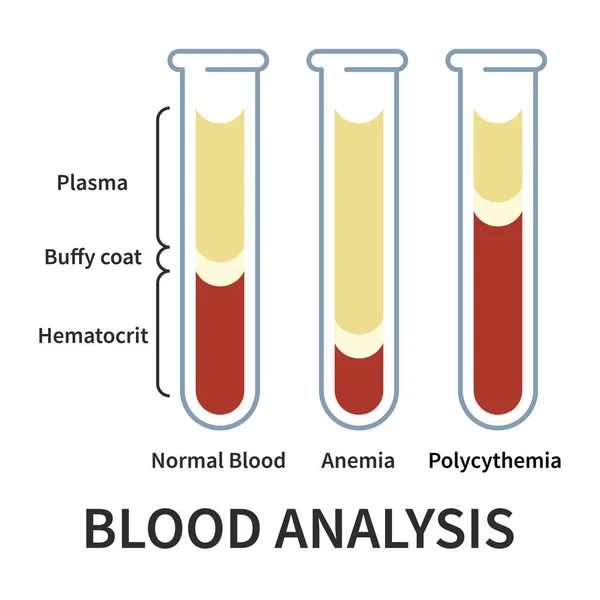
In order to correctly interpret the RDW results, other blood parameters such as hemoglobin levels, red blood cell counts, etc. must be taken into account.
If the RDW level is elevated, a doctor should be consulted to find out the possible causes and undergo the necessary investigations.
The value of RDW for your health
RDW is an important blood measure that reflects the size of the red blood cells known as erythrocytes. The normal RDW value is between 11.5% and 14.5%. If you have high or low RDW levels, this may be a sign of a disease or other health problem.
A high level of RDW may indicate problems such as vitamin B12 deficiency, iron deficiency anemia, genetic abnormalities in hematopoiesis, and other diseases. Low levels of RDW may be associated with bone marrow disorders, including myelodysplastic syndrome.
If your test results indicate that you have an elevated or decreased RDW level, be sure to check with your doctor.

